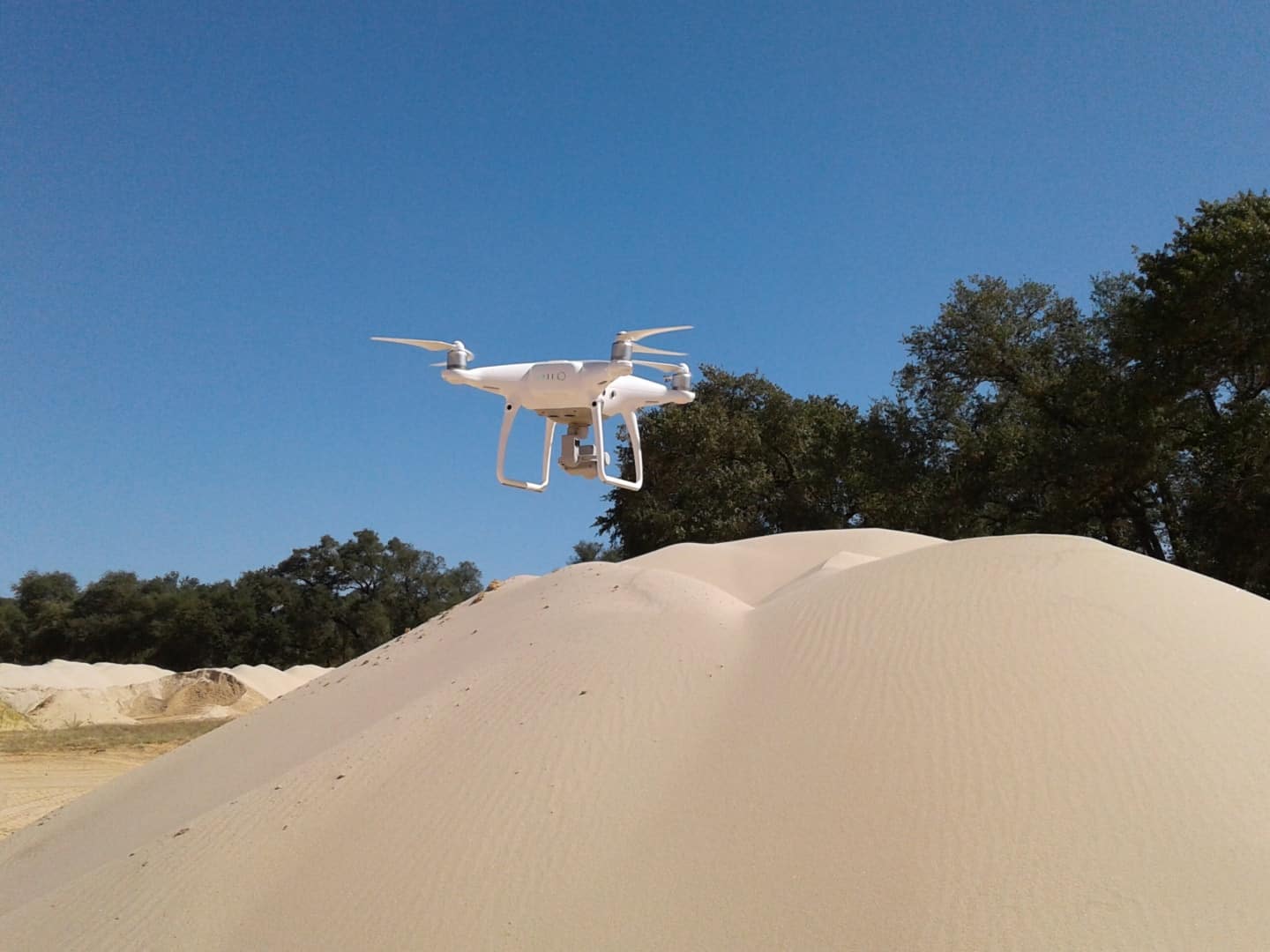As drone technology has advanced, more companies are utilizing drones in their day-to-day operations. Although the industry is beginning to understand the benefits and ease of using drones at their work sites, drone flying is still new territory for many. Whether you’re an experienced drone pilot or a drone-flying rookie, make sure you know the three R’s before your drone takes flight.
R- REGULATIONS. First, know and follow the regulations surrounding drone usage by following FAA Part-107 rules. These regulations can be extensive. They include requirements such as flying below 400 feet in Class G airspace, understanding no-fly zones (NFZ) and temporary flight restrictions (TFR), maintaining a line of sight to the drone, and flying during daytime hours only and never above urban or populated areas. Make sure you are practicing “See & Avoid” techniques to stay clear of unexpected aircrafts, equipment, people, and obstacles.
R- RESPECT. Second, respect people’s privacy and the boundaries of public and private property. Always obtain your client or neighbor’s permission before flying on their site, and be transparent regarding your intent to collect data. It’s important to be aware of public and private property adjacent to the sites where you’re flying. When in doubt, remember that it’s always better to over-communicate with the people around you.
R- RESTRAINT. Finally, make sure you practice restraint. Be aware of yourself and your surroundings. Stay completely focused on the drone by avoiding distractions and the temptation to multi-task. Don’t take chances with bad weather such as high winds, heavy rain or extreme temperatures — chances are they’ll result in poor imagery anyway. Lastly, make sure you understand and maintain all equipment. Check your LiPo batteries, RTH contingencies, and perform regular software updates. If in doubt, stop and ask questions.
Drones are still a relatively new technology, but their adoption is revolutionizing how jobs are accomplished in countless industries. Those who take a chance on drones will find they have enormous potential to create a safer and more efficient job site. Be sure to implement the three R’s before flying your drone to continue operating your drone safely. Follow the rules and regulations, be respectful of others’ privacy and property, and always be cautious and careful when using your drone.


